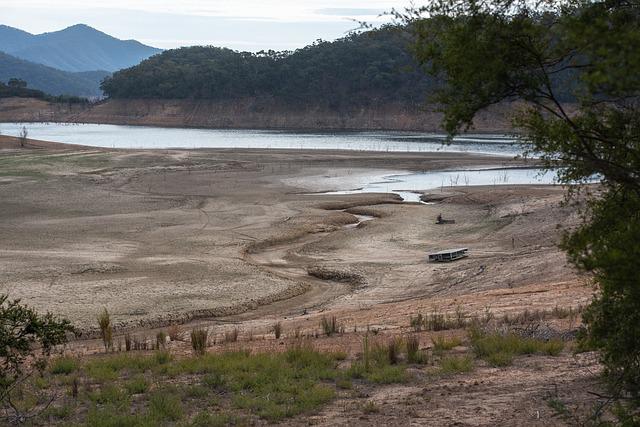In recent years, large extensions of Mexico have been affected by severe droughts that disrupt different productive activities and even daily life, when when turning on the faucet the vital liquid does not come out of the tap for essential household tasks.
Mexico is a country with low water availability, but do you know how this resource is used?
Agriculture and livestock, the most consuming sector
According to data from the National Water Commission released by Foro Ambiental, the agricultural sector claims 76 percent of the demand for this input, mainly to irrigate the large food-producing valleys.
The problem is that more than 57% of the water destined for this use is wasted due to obsolete or leaking risk infrastructure. In the case of storage, more than 60 percent of the water captured in dams and conveyed through canals is lost through infiltration and evaporation.
The second highest consumption comes from domestic and industrial use through municipal networks, with 14 percent of the total, however, it also presents high volumes of waste. It is estimated that 38 percent of water in Mexico City is lost through leaks.
In addition, industry produces the highest quantity and impact pollutants; for example, organic matter in the sugar industry or chemical substances in the oil and chemical industry.
Self-supplied industry requires 4.4 percent and thermoelectric power generation uses 4.7 percent. In this case, it is estimated that worldwide energy consumption will have increased by 35 percent by 2035, which will imply that water consumption by the sector will increase by 85 percent.
The Conagua states that the country only has 1 percent of the world's fresh water and receives about 1,449 million cubic meters per year from rainfall, mainly in the southeast.
This panorama means that only one region into which the Conagua is administratively divided has "high" availability; the remaining 12 are in conditions ranging from "medium" to "critical shortage".
It is necessary to reduce demand
To achieve this goal, everyone needs to do their bit, from saving and caring for water in homes to investing in infrastructure to improve distribution systems in cities and irrigation systems.
Actions to follow:
- Periodically check water faucets, pipes and tank cap seals to prevent leaks.
- Install water-saving devices: shower economizers, low consumption faucets, low-capacity toilet tanks, etc.
- Collect water from the shower and washing machine for reuse.
- Clean floors, walls and glass with two buckets of water, one for cleaning and one for rinsing.
- Prevent food residues from going down the drain during dishwashing.
- Do not use soap to wash fruits and vegetables.
- Use the minimum amount of detergent when washing clothes.
- Use the washing machine only with full loads of laundry.
- Water gardens and pots in the evening or very early in the morning to avoid evaporation.
- Reduce meat consumption. Vegetables and seeds require less of the resource.
Source: Environmental Forum


